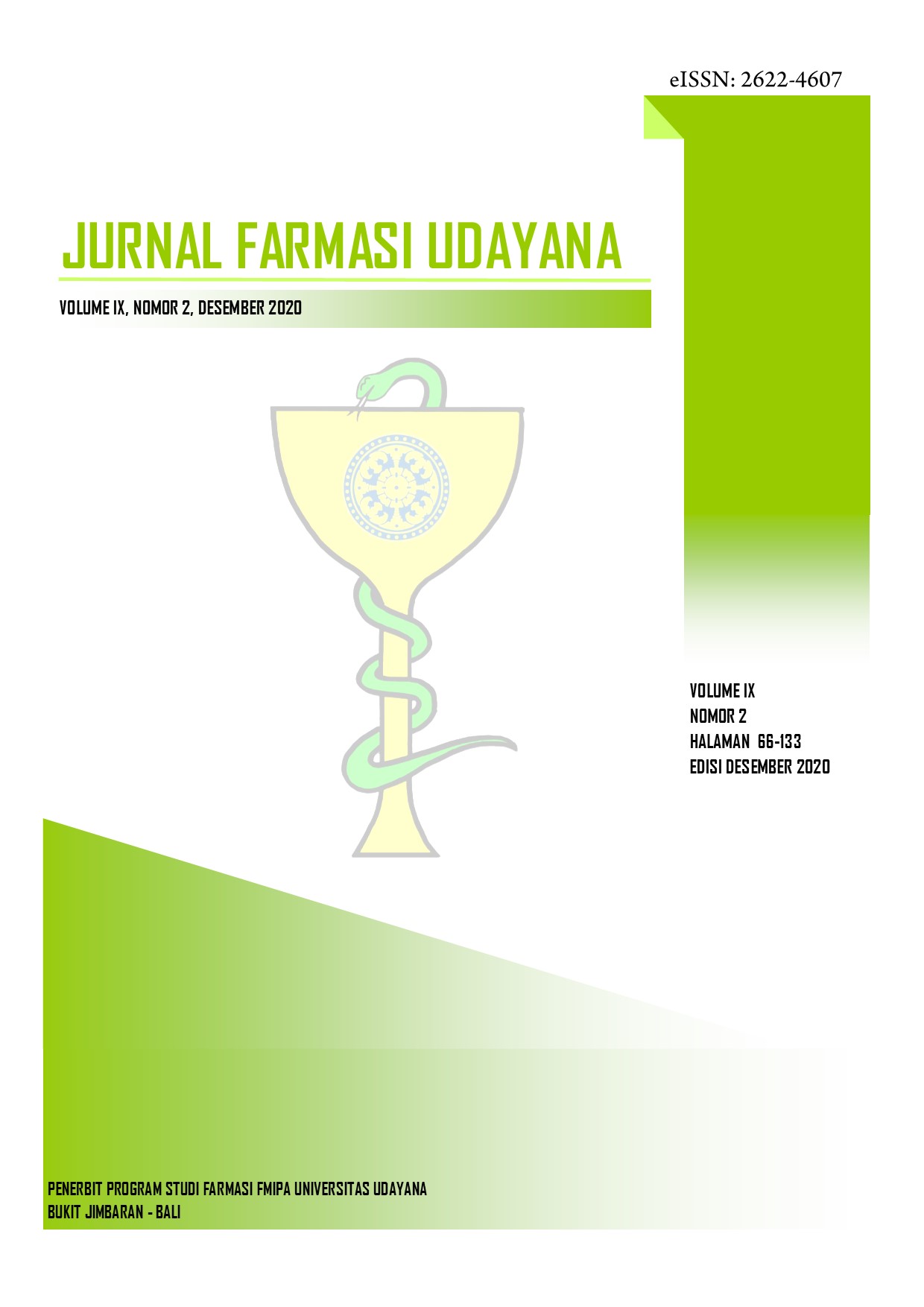Identification Volatile Components of Coffee Beans Husks (Coffea robusta) to Optimalization Usefulness
Abstract
There are two smells which are good and bad smell, an unexpected odor is of course a bad smell come from a humid place, which can have a detrimental effect, Indonesia has a high biological wealth has a great opportunity to use it as a natural fragrance product. One of the deodorizing products and absorbent odors is utilizing robusta coffee beans (Coffea robusta). One component of robusta coffee beans that is rarely used is coffee husk obtained during the roasting process. All components of coffee beans are proven to have a high and varied volatile content, seeing that coffee husks are rarely used, then extracting essential oils from the bark of robusta coffee with methanol solvent. Analysis of essential oils used, namely by GC-MS method, states that in the extract of the skin of robusta coffee beans the volatile component contained in the extract of the bark of robusta coffee beans is trans-Caryophyllene (1,4.56%), Germacrene D (2,3.59%), alpha-Farnesene (3,4.35%) and Pentan-1,3-dioldiisobutyrate (4, 10.22%). The large number of volatile components shows that the skin from robusta coffee can be potentially utilized massively in the community.




